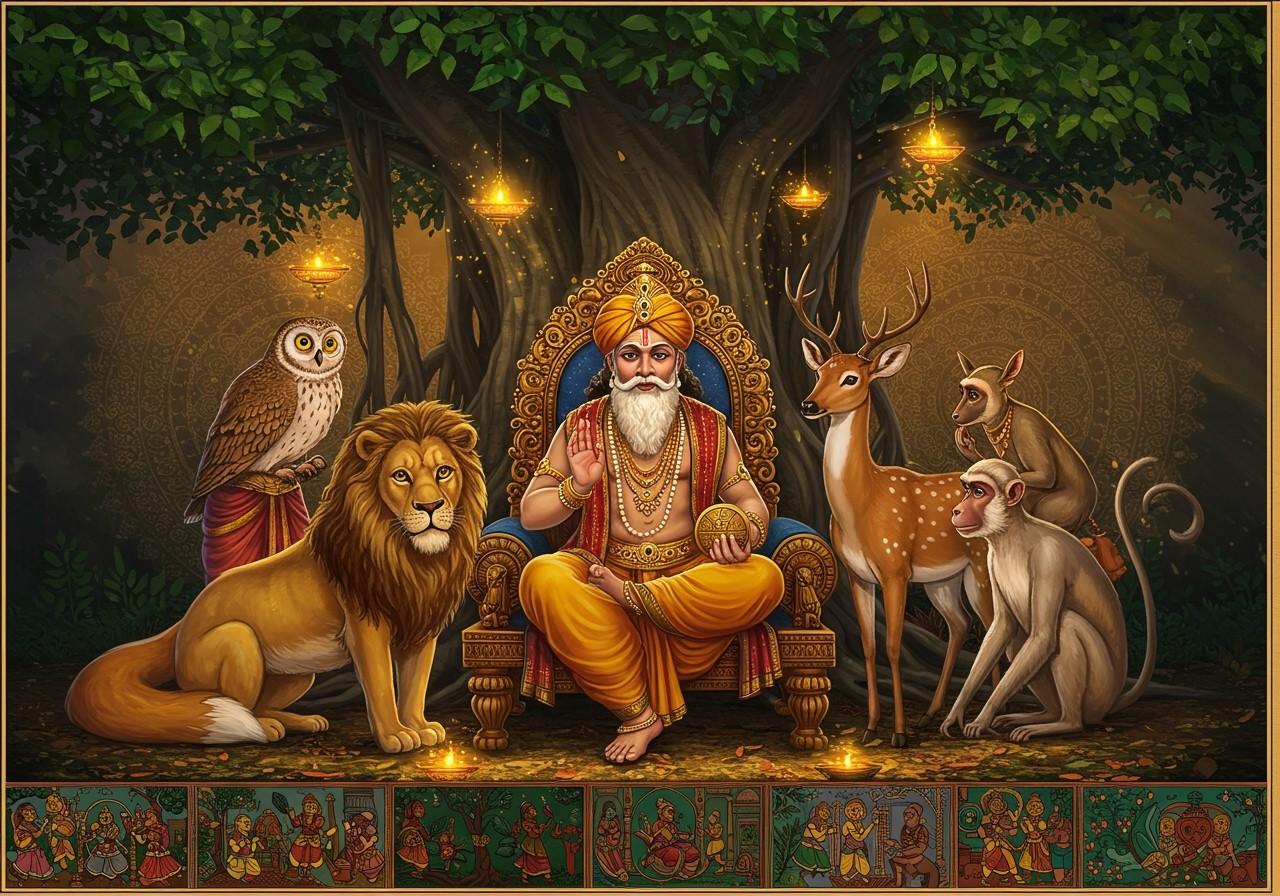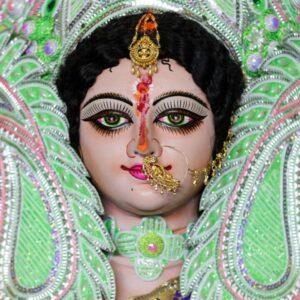
The Panchatantra Kathalu, a collection of ancient Indian fables, has been passed down through generations, offering timeless wisdom and moral lessons. Originally written in Sanskrit, these stories have been translated into numerous languages, including Telugu. This blog delves into the significance of Panchatantra stories in Telugu and the values they impart.
Origin and History of Panchatantra
Around 200 BCE, Vishnu Sharma penned the Panchatantra to educate young princes on statecraft and wise conduct. These stories, translated into various languages like Telugu, are divided into five books, each focusing on different facets of life and governance:
- Mitra-bheda: The Loss of Friends
- Mitra-labha: The Gaining of Friends
- Kakolukiyam: Of Crows and Owls
- Labdhapranasam: Loss of Gains
- Aparikshitakarakam: Ill-Considered Action
These narratives have profoundly influenced Indian literature and culture, imparting invaluable lessons across centuries.
Panchatantra Kathalu in Telugu
Panchatantra stories in Telugu possess unique characteristics that resonate with Telugu-speaking audiences. Some popular stories include:
- Mitralabham (Gaining Friends): This story emphasizes the importance of building strong and supportive friendships.
- Kakolukiyam (Of Crows and Owls): This tale explores the themes of conflict, strategy, and the consequences of one’s actions. It often highlights the importance of wisdom and foresight.
- Labdhapranasam (Loss of Gains): This narrative cautions against greed and shortsightedness, emphasizing the importance of contentment and long-term planning. It teaches valuable lessons about the consequences of impulsive decisions.
Telugu literature has played a vital role in preserving these tales. Translations retain the original essence while incorporating regional elements, enhancing relatability for Telugu readers.
Impact of Panchatantra Stories on Telugu Culture
Panchatantra stories are deeply woven into the fabric of Telugu culture. Their integration into educational curricula and popular media has shaped the moral and ethical values of Telugu-speaking communities. These tales are also featured in storytelling traditions, theater, and folk performances, fostering critical thinking and problem-solving skills among both children and adults. The stories have left an enduring mark on the cultural consciousness of Telugu speakers.
Moral Lessons in Panchatantra Kathalu
Panchatantra stories offer timeless moral lessons applicable to contemporary life. Recurring themes include wisdom, friendship, loyalty, and justice.
- The Lion and the Rabbit: This story exemplifies wisdom and cleverness, demonstrating how intelligence can overcome brute force.
- The Tortoise and the Geese: This tale underscores the importance of discretion and careful consideration in speech and actions.
- The Monkey and the Crocodile: This narrative explores themes of trust and betrayal, highlighting the importance of choosing one’s friends wisely.
These lessons provide valuable guidance for everyday life and decision-making.
Modern Adaptations and Relevance
Panchatantra Kathalu has transcended its ancient origins, finding new life in modern adaptations. Through books, television shows, and digital content, these stories reach wider audiences. Animated series and interactive apps are particularly popular among children. Telugu Bharath, a web journal, serves as an excellent resource for those interested in Panchatantra Kathalu, offering a collection of children’s stories, mythological moral stories, and Panchatantra tales. This platform helps preserve tradition while introducing these timeless stories to a new generation of readers.
Technology plays a pivotal role in the continued relevance of these stories. Digital media facilitates easy access to Panchatantra Kathalu from anywhere in the world. Online platforms and e-books enable readers to explore these stories in Telugu, preserving cultural heritage while embracing modern conveniences.
The relevance of Panchatantra Kathalu extends beyond entertainment, addressing contemporary issues such as environmental conservation, social justice, and ethical governance. For instance, “The Peacock and the Stork” teaches about the pitfalls of vanity and the importance of humility, while “The Three Fishes” emphasizes foresight and timely action. These timeless fables continue to inspire and educate, serving as valuable tools for personal growth and success.
How Poojn.in Supports Your Connection to Panchatantra Stories
Poojn.in helps you connect with the cultural significance of Panchatantra stories through authentic ritual items and educational resources:
- Telugu Story Books: Discover traditional Panchatantra story collections in Telugu for all ages. Poojn.in offers a curated selection to enrich your storytelling experience.
- Puja Items for Storytelling: Create an immersive storytelling atmosphere with brass lamps (deepam) and incense holders available at Poojn.in. Enhance your narrative sessions with these traditional items.
Visit www.poojn.in to explore our collection and enhance your storytelling experience with authentic products.
Conclusion: The Everlasting Wisdom of Panchatantra Kathalu
Panchatantra Kathalu remains a timeless source of wisdom and moral guidance. Modern adaptations ensure that these ancient stories continue to inspire and educate new generations. The accessibility provided by technology keeps this cultural heritage alive. The blend of timeless values and contemporary relevance makes Panchatantra Kathalu an invaluable resource for personal growth and success. By embracing these stories, we honor our traditions and gain valuable insights for navigating the complexities of today’s world.

